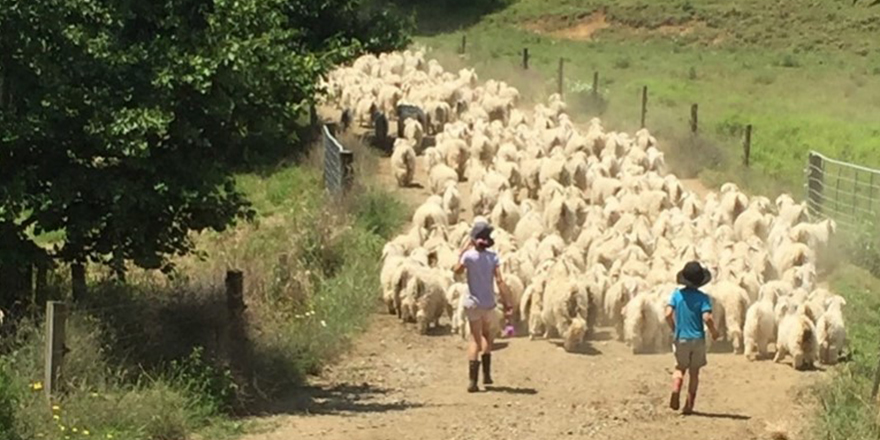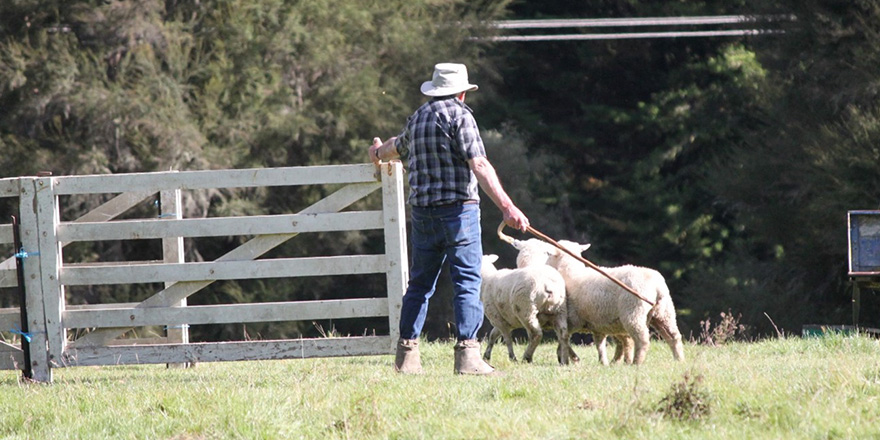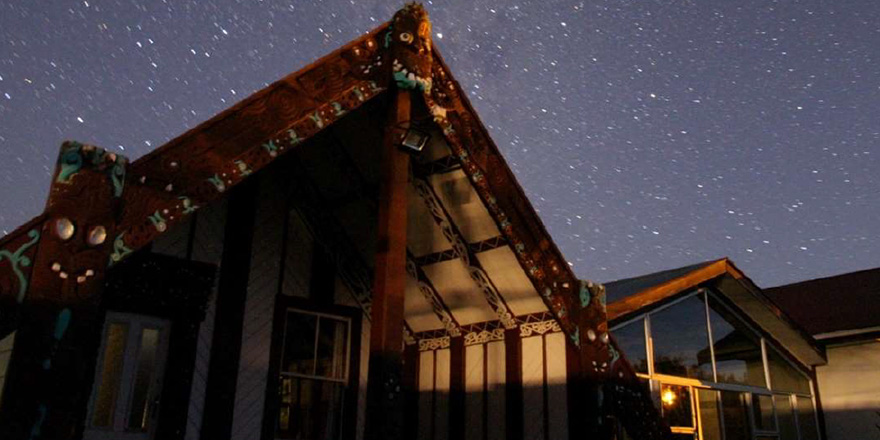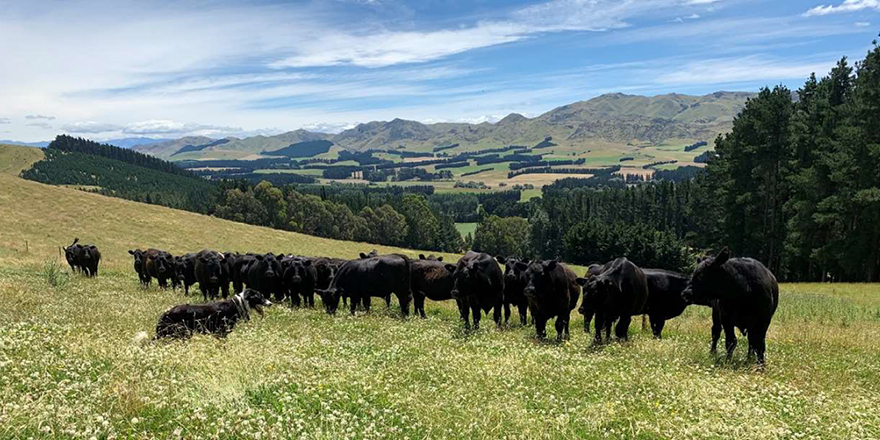
Executive summary
With conscious consumerism (Nguyen, 2020) on the rise, natural fibres are making a comeback. The rise in awareness of the damage which is caused by synthetic materials on the environment has led to the growth of natural materials, including growth of natural fibres like mohair (Data Bridge Market Research, n.d.).
Mohair fibre, produced by the Angora goat is one of those natural luxury fibres that has seen a resurgence in popularity in recent years.
Unfortunately, the New Zealand Mohair Industry has been rapidly declining along with the world production of mohair fibre. New Zealand mohair production peaked in the late 1980’s, producing up to 0.6 million kilograms of greasy mohair (2.4% of world production), dropping to current levels of 0.03 million kilograms or just under 1% of world mohair production (Hunter, 2020).
This decline in production is not the basis for this report, but instead the reason for finding out how the industry can be helped to stay alive and relevant, taking advantage of the increase in demand for more natural fibres over the use of synthetic materials.
The New Zealand mohair industry is not in a place to capitalise on the global trend of increasing use of natural fibres in its current state. The industry has seen an ageing base to its producer group form. The lack of new entrants coming into the industry has meant it has struggled to remain relevant and viable.
Despite the global mohair production decline, the demand has remained very strong, especially for top-end quality fibre and prices for mohair have remained high as demand continues to exceed supply (J. Woodward, personal communication, February 10, 2022).
With this global trend playing in favour of the mohair industry, the purpose of this research project was to identify what the New Zealand Mohair Industry organisation could do to help the industry stay relevant and thriving long into the future.
Research was conducted to explore what makes other organisations and businesses successful. Interviews were conducted with leading innovators to identify the reasons for their success and how the learnings could be adapted to help the New Zealand Mohair Industry.
For the New Zealand Mohair producer’s organisation to be successful, there were several key factors identified. They included the following:
- Leadership – having the right person(s) guiding the organisation with a meaningful vision and empowering its members to create change.
- Innovation – finding solutions to existing problems by challenging the status quo.
- Resilience – learning how to adapt to change and analysing past failures to be stronger in the future.
- Collaboration – successful businesses work effectively with others both inside and outside their organisations to develop their ideas or processes.
Another key element that was identified was having the right people on board, who demonstrated courageous leadership, adopted an infinite mindset, who were able to share their vision with others and whose behaviours reflect their values.
Together, with these key factors, several recommendations were made to assist the New Zealand Mohair Industry going forward.
The recommendations from this project include:
- Utilise the findings from the Mohair New Zealand Incorporated SWOT analysis conducted in 2018 to help guide the strategy for the organisation going forward.
- Adopt an infinite mindset; a mindset where the members of the Mohair New Zealand Incorporated organisation challenge the status quo, looking beyond the present to remain relevant long into the future. This will improve the levels of trust, cooperation, and innovation among the members of the mohair producer’s organisation and its leaders.
- Undertake a step change and guide Mohair New Zealand Incorporated members through that process by following John Kotter’s (2012) proven eight-step process for leading change. The three phases of the step change are as follows:
– Phase 1: Create a Climate for Change
– Phase 2: Engage and Enable the Organisation
– Phase 3: Implement and Sustain the Change
By adopting the above recommendations, the New Zealand Mohair Industry can successfully implement a step change and help turn themselves from a declining industry, into something that’s innovative and relevant long into the future.
Download and read the full report here




